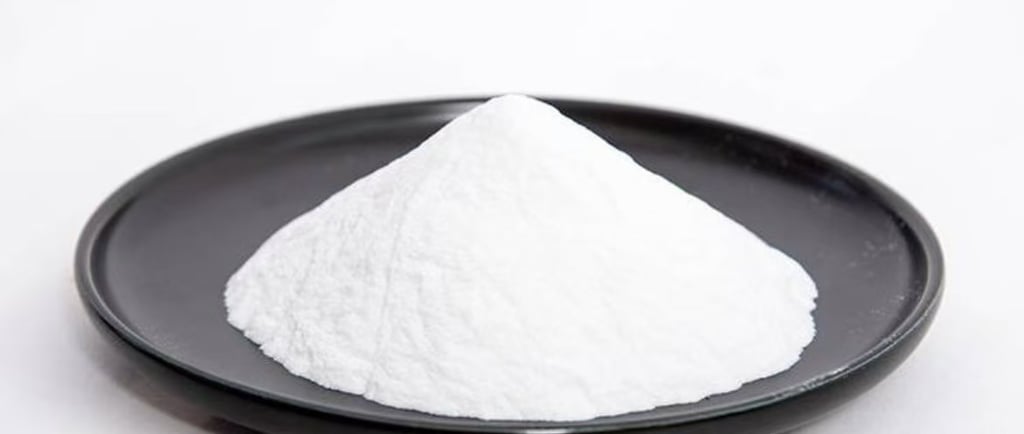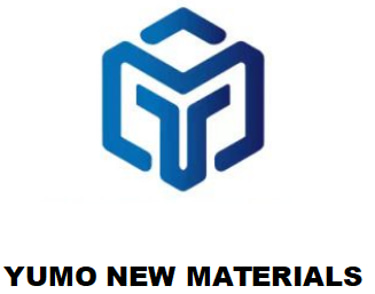HENAN YUMO: Engineered Precision, Uncompromised Performance
Silanized White Fused Alumina: Enhanced Adhesion for Rubber-Metal Bonding
Blog post description.
6/17/20251 min read


Silanized White Fused Alumina: Enhanced Adhesion for Rubber-Metal Bonding
The Science of Molecular Bridging
Silane-treated white fused alumina (ST-WFA) revolutionizes rubber-metal bonding by creating covalent "molecular bridges" between inorganic alumina particles and organic polymers. This is achieved through vapor-phase silanization, where amino-functional silanes (e.g., KH-550) react with plasma-activated WFA surfaces (≥99.5% Al₂O₃), forming Si-O-Al bonds via hydrolysis and condensation. The result? A hydrophobic, organophilic surface with >100° contact angles and 45% stronger resin adhesion versus untreated abrasives.
Why ST-WFA Outperforms Conventional Materials
Unmatched Adhesion Durability:
ST-WFA suppresses delamination under dynamic loads by resisting hydrolysis at rubber-metal interfaces. Tests show 60–80% lower water absorption and sustained bond strength after 5,000 hours in salt spray (ISO 12944-C5M).Thermal Stability:
Withstands -40°C to 150°C thermal cycling—critical for automotive engine mounts exposed to extreme conditions.Mechanical Reinforcement:
WFA’s Mohs 9 hardness reduces wear in rubber composites by 3–5×, extending component lifespan in high-abrasion environments like conveyor belts.
Industry Applications: Solving Critical Bonding Failures
Automotive Engine Mounts:
ST-WFA-filled nitrile rubber (NBR) bonds to steel housings with 50% lower NVH (noise, vibration, harshness) and stable friction coefficients (0.38±0.02) during thermal shocks.Offshore Anti-Vibration Systems:
In marine environments, ST-WFA-reinforced elastomers prevent coating delamination, passing 5,000-hour seawater immersion tests.Industrial Conveyor Belts:
Silane-enhanced adhesion reduces rubber tearing at metal joints by 40%, minimizing downtime in mining operations.
Technical Implementation Guidelines
Optimal Grit Size: Use F180–F220 mesh for balanced surface area and mechanical anchoring.
Silane Selection: Amino silanes (e.g., KH-550) for NBR; epoxy silanes for EPDM.
Dosage: 5–15% ST-WFA in rubber compounds maximizes adhesion without compromising flexibility.
Market Trends & Sustainability Impact
The global ST-WFA market will grow at 8.2% CAGR (2025–2030) driven by EV demand for noise-reduced components. Innovations include:
Bio-Based Silanes: Derived from rice husk silica for eco-friendly production.
AI-Optimized Formulations: Predicting silane-rubber compatibility to reduce R&D time by 30%.
Pro Tip: Combine ST-WFA with phosphate-based metal primers to boost interfacial strength by 70% in zinc-coated steel bonding.
